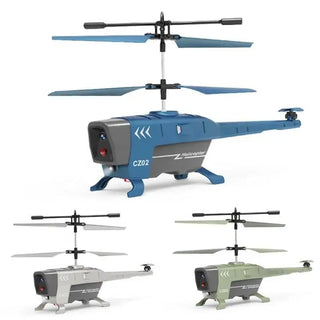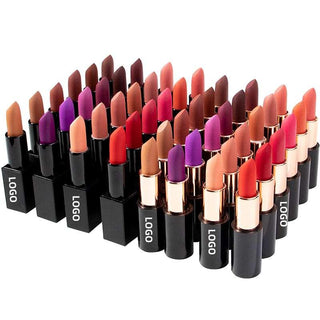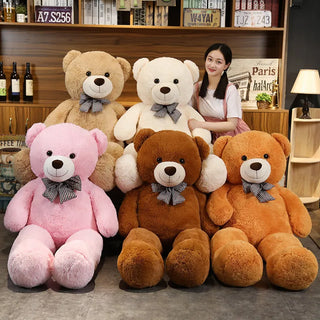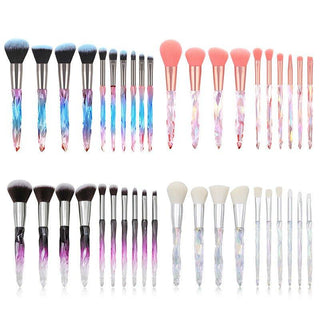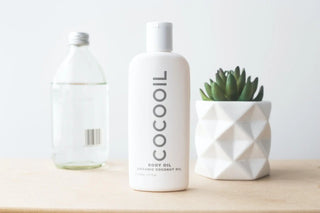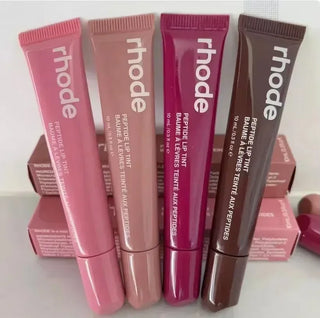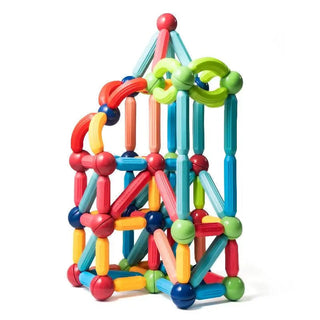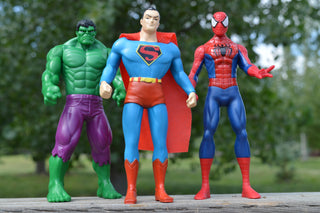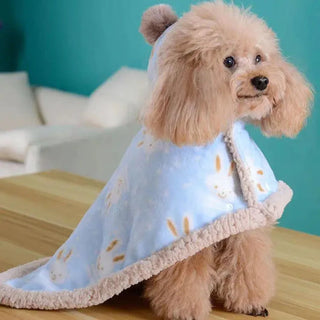Understanding Eco-Friendly Fashion
In recent years, eco-friendly fashion has emerged as a vital topic in the world of clothing and textiles. As consumers become more conscious of their environmental impact, the demand for sustainable and green fashion alternatives continues to grow. Eco-friendly fashion refers to clothing that is produced using environmentally responsible processes and materials. It emphasizes the reduction of waste and pollution throughout the garment's lifecycle, from production to disposal.
At its core, eco-friendly fashion encompasses sustainable fashion, which aims to create garments with the least environmental impact. It also involves ethical clothing, focusing on fair labor practices and humane working conditions. Together, these principles contribute to the growing movement of slow fashion, which encourages mindful consumption and promotes longer garment lifespans.
Benefits of Eco-Friendly Fashion
The benefits of eco-friendly fashion extend beyond preserving the environment. By choosing green fashion, individuals can contribute to a more sustainable future while also enjoying high-quality, unique, and thoughtfully crafted pieces. Here are some compelling benefits of eco-friendly fashion:
- Environmental Impact: Sustainable fashion practices help reduce pollution, conserve water, and lower carbon emissions.
- Ethical Labor: Eco-friendly brands ensure fair wages and safe working conditions for their workers.
- Quality and Durability: Slow fashion values quality over quantity, leading to garments that last.
- Transcending Trends: Ethical clothing often features classic, timeless designs that surpass fleeting trends.
What Materials Are Used in Eco-Friendly Fashion?
Eco-friendly fashion utilizes a variety of materials that are sustainably produced and biodegradable. Some of the most commonly used materials include:
- Organic Cotton: Grown without pesticides or synthetic fertilizers, organic cotton is soft and breathable.
- Tencel and Modal: Made from wood cellulose, these fabrics are known for their softness and eco-friendly production processes.
- Recycled Fabrics: Materials such as recycled polyester are created from post-consumer waste, reducing reliance on new resources.
- Linen: Derived from the flax plant, linen requires minimal water and pesticides.
By opting for garments made from these materials, consumers support brands that prioritize sustainability and the reduction of environmental impact.
Brands Promoting Eco-Friendly Fashion
Several brands are at the forefront of promoting eco-friendly fashion, each adopting unique practices to support sustainable and ethical clothing production. Notable brands include:
- Everlane: Known for transparency, Everlane prioritizes ethical production and sustainable materials.
- Patagonia: A pioneer in sustainable practices, Patagonia uses recycled materials and donates a portion of profits to environmental causes.
- Eileen Fisher: This brand embraces social consciousness and eco-friendly fabrics, striving for a regenerative approach to fashion.
- Reformation: Reformation focuses on sustainable fabrics, efficient practices, and a commitment to reducing fashion's carbon footprint.
These brands exemplify how green fashion can be stylish, responsible, and transformative in creating a better environmental future.
How Can I Start an Eco-Friendly Fashion Brand?
Creating an eco-friendly fashion brand can be a fulfilling endeavor. Here are some essential steps to consider:
Research and Planning
Begin by researching sustainable fashion practices and identifying gaps or opportunities in the market. Consider the types of clothing you wish to produce and how you can implement eco-friendly processes. This initial stage will lay the groundwork for your brand's mission and values.
Ethical Sourcing and Production
Focus on sourcing organic and sustainable materials from certified suppliers. Partner with manufacturers who prioritize ethical labor practices and environmental responsibility. By aligning with like-minded collaborators, you will ensure that each step of production adheres to your eco-friendly principles.
Inclusivity and Transparency
Being transparent about your sourcing and manufacturing processes fosters customer trust and engagement. Provide detailed information about your materials, production methods, and impact to create a loyal consumer base.
Encourage inclusivity in your designs and marketing to reach a wider audience and promote diversity within the fashion industry. This approach aligns with the ethical clothing values and broadens the reach of your brand's message.
Marketing Your Green Brand
Market your brand with the core message of sustainability. Utilize online platforms and social media to connect with eco-conscious audiences. Blog about your journey and the benefits of eco-friendly fashion, focusing on education and inspiration.
Engage with platforms such as marketplace to reach customers who align with your brand's values. The exposure can be instrumental in building a customer base that appreciates and seeks sustainable options.
Embrace the Slow Fashion Movement
The slow fashion movement promotes thoughtful consumption and intentional purchases. As fast fashion contributes significantly to waste and environmental harm, slow fashion encourages customers to invest in quality pieces that endure. By embracing this movement, you can play a part in reducing waste and supporting a sustainable fashion industry.
Conclusion
Embracing eco-friendly fashion involves more than just choosing sustainable materials. It is an ongoing commitment to fostering a greener, more ethical world through conscious decision-making. Whether you're an individual seeking sustainable options or a business endeavoring to launch a green brand, the journey towards eco-friendly fashion holds the promise of making a lasting positive impact on the planet.
To dive deeper into the sustainable fashion world or find brands that align with your values, explore the offerings at CashyMart. Your choice to support eco-conscious brands can contribute significantly to a better, more sustainable future for all.
Disclaimer: The views and opinions expressed in this article are for informational purposes only and do not constitute professional advice.

